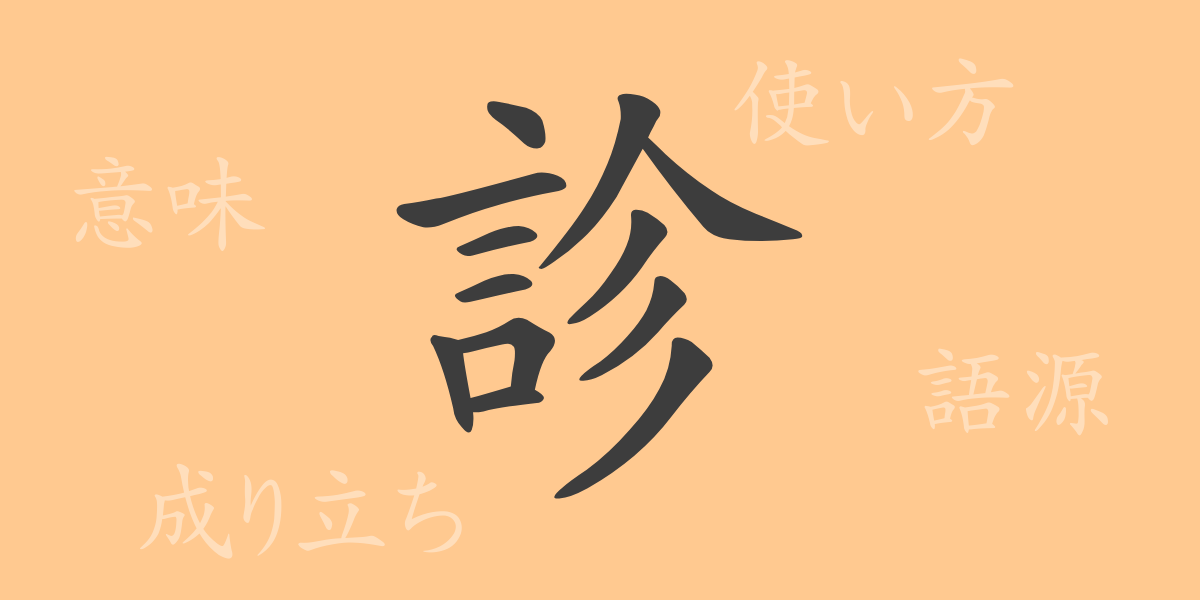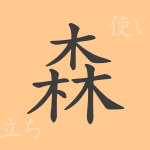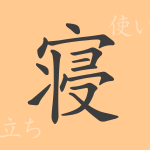In Japanese, each Kanji character has a unique history and meaning, enriching the language with profound symbolism. ‘診’ (しん) is one such Kanji, deeply intertwined with our daily lives, especially in medical contexts. This article delves into the Kanji ‘診’, exploring its origins, meanings, applications, and its cultural significance, offering a deep dive into the world of this commonly used character in Japanese.
Origins of 診 (しん)
The Kanji ‘診’ originated in ancient China as a symbol for medical practices. It combines ‘言’ (ことば), meaning words, with ‘真’ (しん、まこと), signifying truth. This composition suggests the conveyance of truth, linking directly to the physician’s role in delivering truthful diagnoses when examining diseases.
Meaning and Usage of 診
‘診’ primarily means to examine illnesses or symptoms. It is commonly used by physicians to observe and diagnose a patient’s condition. Metaphorically, it can also mean to thoroughly investigate or contemplate situations, illustrating its versatility in usage beyond the medical field.
Readings, Stroke Count, and Radical of 診
The character ‘診’ has distinctive features in terms of its structure and application.
- Readings: On’yomi ‘シン’, no specific Kun’yomi.
- Stroke Count: 12 strokes.
- Radical: The radical is ‘言’ (げん, ごんべん), related to speech or words.
Phrases, Idioms, and Proverbs Using 診
There are numerous idioms and phrases that include ‘診’, each reflecting the richness of Japanese expressions:
- 診察 (しんさつ): Examination by a doctor.
- 診療 (しんりょう): Medical examination and treatment.
- 診断 (しんだん): Diagnosis of an illness.
- 初診 (しょしん): First consultation with a doctor.
- 問診 (もんしん): Inquiry into a patient’s medical history or current symptoms.
Conclusion on 診
The Kanji ‘診’ plays a crucial role in medical terminology, supporting our health and well-being. From its origins to various idiomatic expressions, understanding the depth and breadth of ‘診’ enriches our comprehension of Japanese. Beyond medical settings, observe how ‘診’ is utilized in everyday conversation, highlighting its significance in both professional and daily contexts.

























